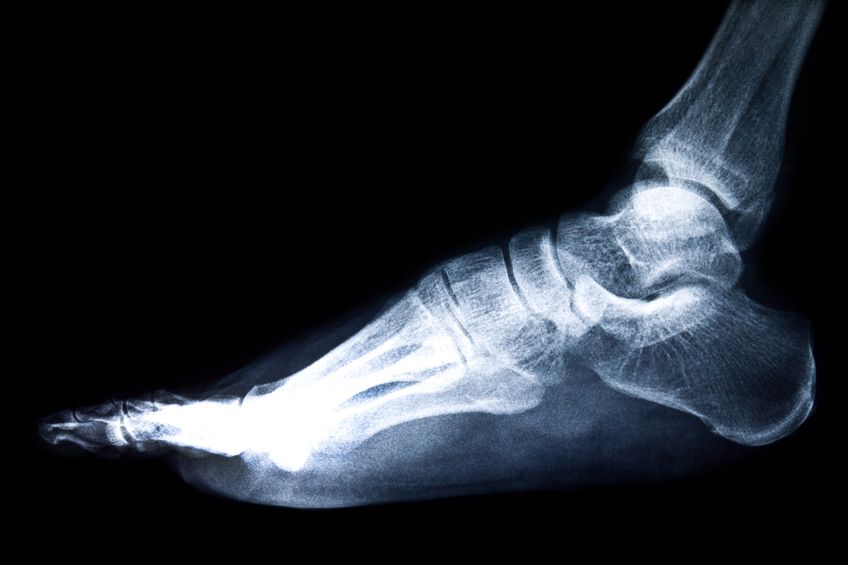Stress Fractures

Stress fractures are one of the most common injuries of the foot. These fractures can be painful and hard to manage, but recovery can be quick when the correct treatment method is employed.
Anatomy
Due to the nature of the injury, stress fractures can occur in a number of places throughout the body. However, more than 50 percent of all stress fractures happen in the lower leg. These fractures happen in the weight bearing bones found in the foot and calf area.
Causes
Stress fractures typically occur during high intensity active sports. They result from increasing the intensity of activity too fast. Stress fractures occur from overuse. The muscles become exhausted over the course of activity and lose the ability to absorbing shock. The overload of stress in the muscle is transferred to the bone and a stress fracture happens as a result. They can also be caused when an athlete switches surfaces or uses improper equipment. The increased physical stress tires the muscle and leads to injury.
Symptoms
Pain is the most notable symptom of stress fractures. Typically patients report discomfort as their primary complaint. The pain usually decreases with rest over time.
Treatment
The best treatment action a patient can take is rest. When injured you should take time off from the activity that caused the stress fracture. Replace the sport with a pain free activity over the course of six to eight weeks. If you return to high intensity activities too soon larger and more dangerous fractures may form. Re-injury can occur and could lead to chronic problems. The stress fracture may never heal properly and you can have lifelong problems in this area. Rest is the most important form of treatment with this injury, so take time off to heal. Shoe braces or inserts can be used to help speed up recovery.
Prevention
Stress fractures can easily be prevented once you’re knowledgeable of how different activities influence injury. Here are a few tips on how to stop stress fractures before they happen:
- Eat a healthy and balanced diet that includes the optimal amount of calcium and Vitamin D rich foods.
- Use proper equipment and don’t wear old running shoes.
- Set incremental goals. Overworking the body is the main cause of stress fractures.
- If you feel pain and discomfort treat it appropriately, and refrain from the activity that caused it for a short period of time.
For more information about stress fractures visit the
American Academy of Orthopaedic Surgeons.




